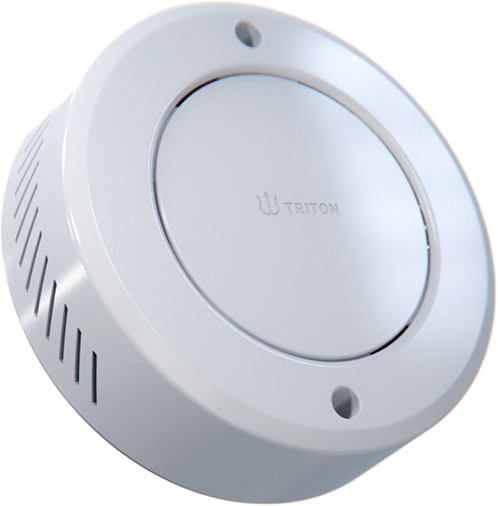At one point, vaping seemed to be unstoppable in schools. Students would sneak into bathrooms during classes, and flavored nicotine and THC vapors did not leave a trace. Teachers and administrators felt powerless until districts began turning to a new line of defense: the vape detector.

Today, schools across the country report major successes that demonstrate how technology can alter the vaping crisis.
A Case Study to reduce vaping by 83% in just 10 weeks
Luling Independent Schools District faced significant issues with vaping. Despite warnings from school authorities and the implementation of stricter regulations, some students were vaping in the bathroom and locker rooms. Smoke alarms that were traditional did not work against vapors, and the staff couldn’t be everywhere at once.
In March, the school district installed several vape detectors at schools in a test. The results were impressive. The amount of smoking vapes decreased dramatically within five weeks. At the end of ten weeks smoking cigarettes had decreased by 83%..
For administrators, the results exceeded the figures. Teachers were less disruptive and students knew that vaping shouldn’t be ignored.
Similar Results at Match Charter Schools
Match Charter Schools is another powerful model. They struggled to curb smoking vapes in high and middle schools. When they deployed a set of smoke detectors for vape in August, the result was immediately felt.
Administrators said that vaping incidents on a weekly basis were down by 80 percent in December. Parents praised the school’s concrete steps to safeguard their children, while teachers observed a decrease in louts in the hallways aswell and a decrease in bathroom crowding.
The two districts listed above reflect an increasing trend schools that have implemented vape detection are reporting tangible improvements in their behaviour and overall security.
What makes vape detectors so Effective?
This technology is the key to these results. Modern vape detectors go beyond simply detect vapour. They also keep track of the quality of air and occupancy levels, as well as send staff with real-time notifications. This means that administrators don’t must rely on their intuition or reports based on a post-factual analysis.
Detectors are also built with privacy as a priority. No cameras. No audio recording. Accurate, instant information is what’s needed to help schools make quick decisions without violating the rights of students.
Vape detectors are among the most effective security tools schools can use today. They are a great way to ensure conformity.
Safety nets for vaping and beyond
The thing that many administrators appreciate is that vaping detectors go far beyond prevention. Advanced systems can detect loud sounds keywords, triggers tied to emergencies, as well as vandalism threats.
For instance If a crowd of students begins loitering in a bathroom, the detector can flag an unusually high occupancy. If someone shouts distress words such as “help,” staff can be notified immediately. Smoke detectors in schools could be part of a bigger plan to prevent risk of violence and health hazards.
The reasons why parents and boards support Vape Detectors
A benefit that is often overlooked is the trust that results from transparency. The use of detectors in schools is able to produce reports that show clearly the trends in vaping. These reports are then distributed to parents as well as school boards and the general public to demonstrate the concrete steps that were taken.
Parents, especially, feel gratified when they observe tangible results. A vape smoke detector isn’t just keeping students safe, it’s also helping to protect their health, and reinforces the message that vaping is not a good idea in schools.
The Recommendation is a Proven Path to Take
The past few years, vaping was thought as if it was a war in the shadows that schools could not win. But case studies from districts across the country show otherwise. Administrators can spot risks and deter risky behavior in real-time using a vape detection device. This provides the safety of students.
Vaping remains a major issue but it’s evolving. Schools investing in vape detection technologies aren’t just reacting to an issue, they’re also paving the way to an improved future.
Conclusion
From Texas To Massachusetts, schools are proving that technology works. Modern vape alarms do more than raise an alert. It reshapes student behavior as well as builds trust. a permanent solution to the biggest health concerns facing today’s students. Vape detectors are now standard in every school district which is concerned about security.

